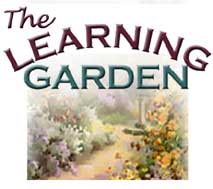
From Seed to Seed:
Plant Science for K-8 Educators
 |
From Seed to Seed: |
|
|
Digging Deeper Long-Day and Short-Day Plants Every plant for which flower initiation is light dependent (and
the days are shorter than their critical day length.
Chrysanthemum and poinsettia are familiar short-day plants. Generally,
long-day plants flower in the summer and short-day plants flower in the
spring or fall.
Please click the BACK button on your browser to return
to the course. |
||
|
Made possible by a grant from Oracle Corp. Copyright 2001, National Gardening
Association, Inc. For questions regarding this web site, contact Webmaster |